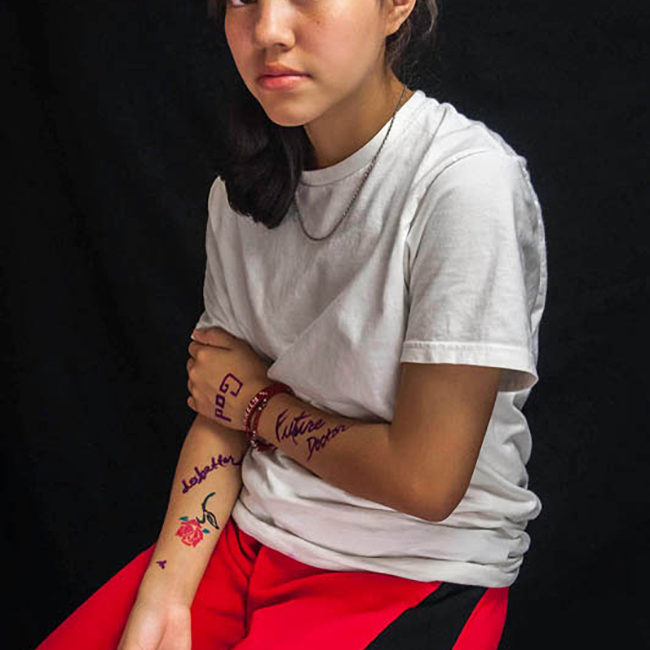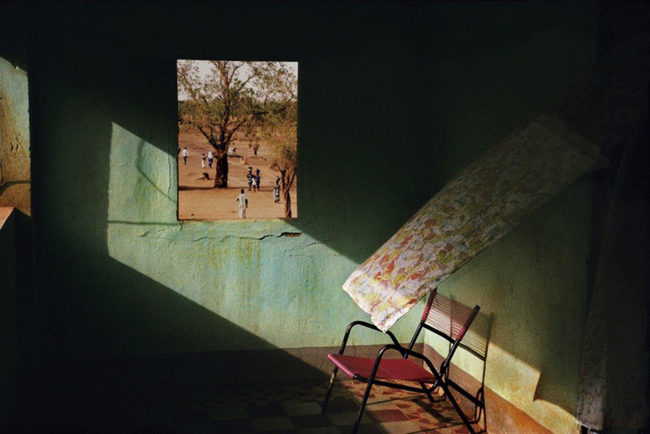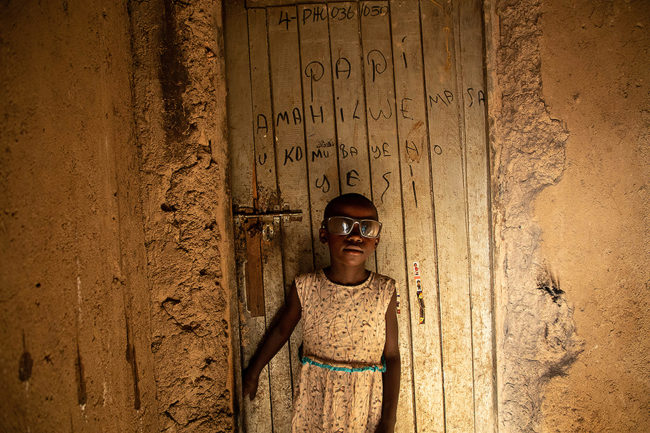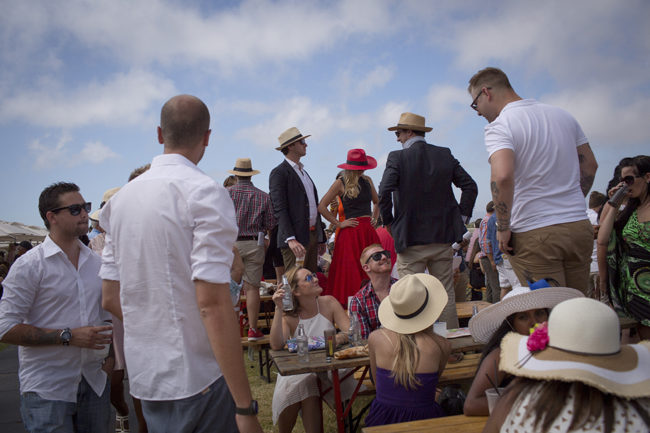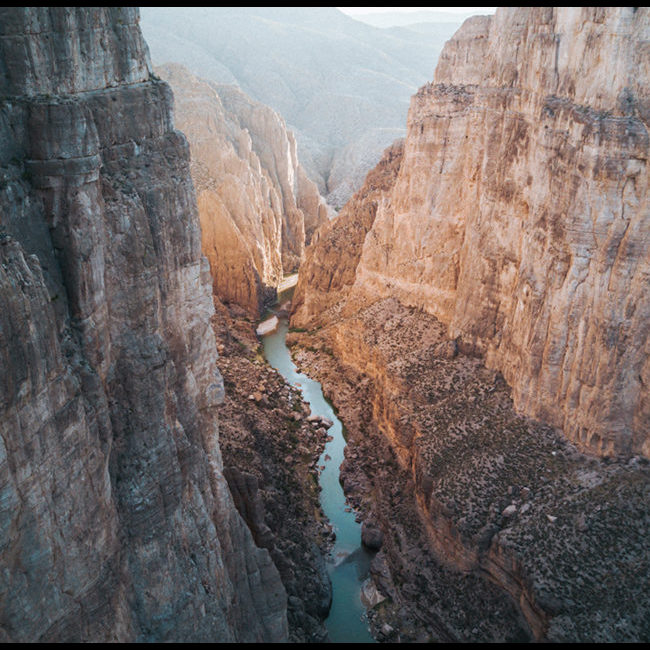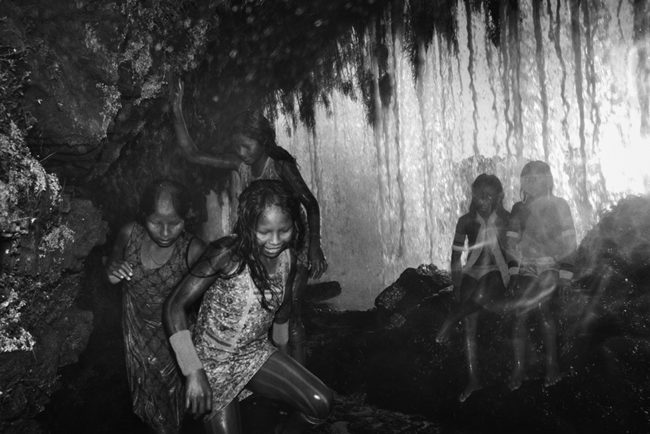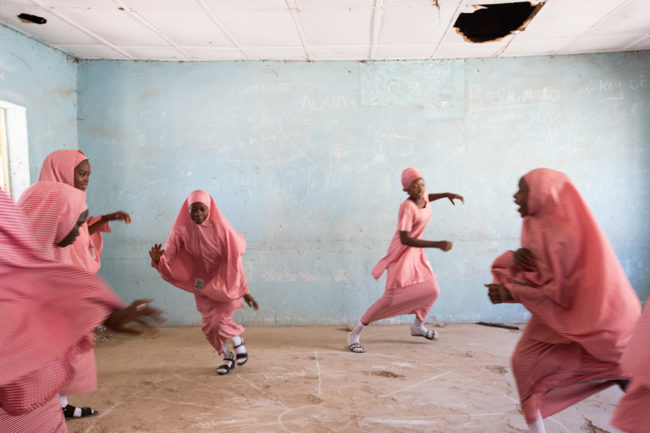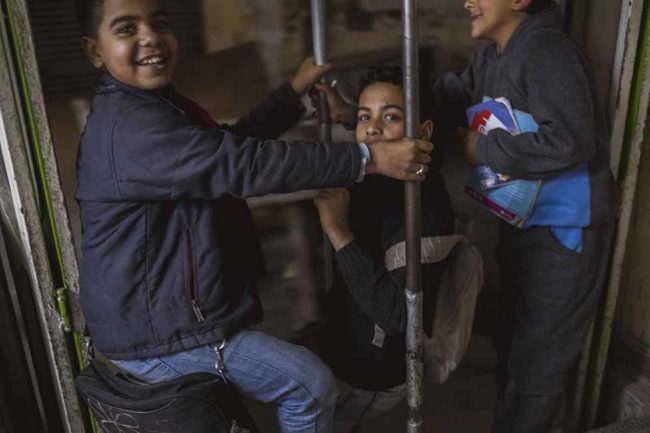The recent refugee crisis in Europe has seemed to be moving faster than anyone could follow—creating a challenge for the many photographers who have tried to cover the story and find new ways to document the experience of migrants. Photographer Daniel Castro Garcia tells the story by focusing on six stops for immigrants coming both from Africa and the Middle East, and focusing on portraits of individuals. His new book, Foreigner: Migration into Europe, 2015-2016, includes a few portraits of subjects Castro Garcia photographed repeatedly at various points on their journey. There are several portraits of Aly Gadiaga, who left Senegal via Libya, Mali and Burkina Faso, as he waits in Catania, Sicily, hoping his application for asylum comes through. Photographed in June, 2015, Gadiaga sports dreadlocks and looks intensely at the camera. Photographed again in November, his hair is cut short and he stands on the beach, letting sand fall through his fingers as if marking the time that has passed. In Calais, France, Castro Garcia made portraits over the course of four visits to the camp known as “The Jungle,” picturing young men and women wrapped in jackets and hats and posed in front of tarpaulin tents or on muddy streets.
His images compare calm or panicked refugees, the desperate or resigned moods of the crowds, and record the disparate treatment immigrants receive from different governments. He shows terrified families with children arriving by boat on Lesbos, greeted by workers from small NGOs, and men and boys from Africa who arrive at Port of Catania, Italy, where Castro Garcia describes a “very calm and effective system for processing people arriving in rescue boats,” photographing them standing in line in their newly issued white socks.
The book is a collaboration between Castro Garcia and Thomas Saxby, who designed the book and traveled to some locations with Castro Garcia—it is published by John Radcliffe Studio, their joint photography and design practice. Castro Garcia and Saxby write that they were inspired to make the book because they felt much of the imagery of the immigration crisis was “sensationalist, alarmist and was not giving people the time and consideration they deserved. We wanted to approach the subject from a calmer perspective, using medium format portrait photography as a means of meeting the people at the centre the crisis face to face—and of learning something about their lives.” In doing so, they highlight what these sets of immigrants share.
In Lesbos, Castro Garcia describes finding “Iranian and Moroccan passports ripped and scattered along parts of the coast,” as people realized they could acquire refugee status if they claimed to be Syrian. The difference in reception for immigrants fleeing war or economic hardship is hard to ignore. Among refugees seeking asylum from Afghanistan, Iraq, Syria, Sudan and Eritrea and migrants from countries across the Middle East and Africa seeking economic opportunities, “The question of who is more deserving is torturous,” writes Castro Garcia. But, he notes, “Many individuals can be both migrants and refugees—it is possible, after all, to flee a war and want a better life for your family.”
Related Stories:
At Home in an Improvised City
No Direction Home
In Exile: Finding a Fresh Approach to Documenting Syrian Refugees Living in Jordan
